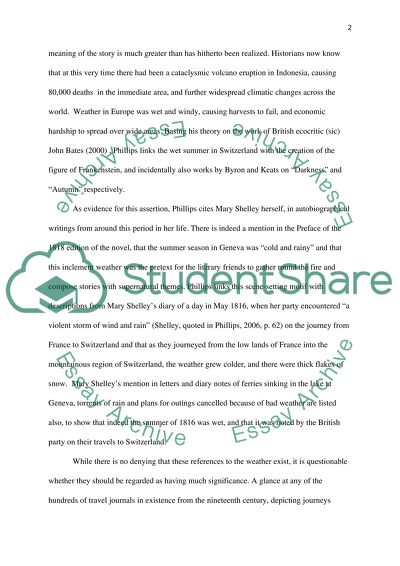Cite this document
(“Frankenstein by Mary Shelley Essay Example | Topics and Well Written Essays - 1500 words”, n.d.)
Frankenstein by Mary Shelley Essay Example | Topics and Well Written Essays - 1500 words. Retrieved from https://studentshare.org/literature/1439839-critical-essay-frankenstein-by-mary-shelly
Frankenstein by Mary Shelley Essay Example | Topics and Well Written Essays - 1500 words. Retrieved from https://studentshare.org/literature/1439839-critical-essay-frankenstein-by-mary-shelly
(Frankenstein by Mary Shelley Essay Example | Topics and Well Written Essays - 1500 Words)
Frankenstein by Mary Shelley Essay Example | Topics and Well Written Essays - 1500 Words. https://studentshare.org/literature/1439839-critical-essay-frankenstein-by-mary-shelly.
Frankenstein by Mary Shelley Essay Example | Topics and Well Written Essays - 1500 Words. https://studentshare.org/literature/1439839-critical-essay-frankenstein-by-mary-shelly.
“Frankenstein by Mary Shelley Essay Example | Topics and Well Written Essays - 1500 Words”, n.d. https://studentshare.org/literature/1439839-critical-essay-frankenstein-by-mary-shelly.


